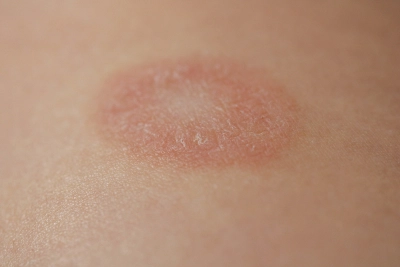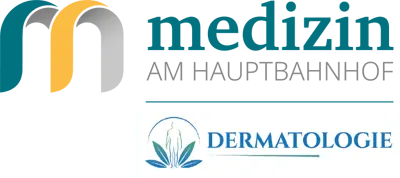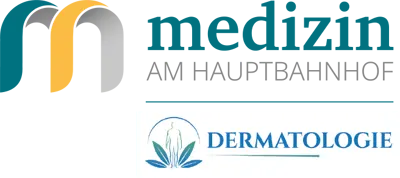 PITYRIASIS ROSEA
PITYRIASIS ROSEA
PITYRIASIS ROSEA IS A RELATIVELY COMMON SKIN DISORDER. ITCHING IS TYPICAL; HOWEVER, TREATMENT IS UNCOMPLICATED AND RESULTS IN FULL HEALING. FIND OUT HERE WHAT CAUSES PITYRIASIS ROSEA AND WHAT YOU CAN DO ABOUT IT.
What is Pityriasis rosea?
How can you recognize Pityriasis rosea?
Is further diagnosis necessary?
What treatment is available?
Is Pityriasis rosea contagious?
Photo: © Lyudmila- stock.adobe.com
WHAT IS PITYRIASIS ROSEA?
Pityriasis rosea (also called Röschenflechte in German) is a skin disease that manifests itself in the form of a rash. A possible cause is a virus from the herpes group of viruses, more precisely from the groups HHV-6, HHV-7 and HHV-8. However, the exact trigger that causes the patches to appear is unknown. It has been detected that this skin disorder occurs more often in spring and in autumn.
HOW CAN YOU RECOGNIZE PITYRIASIS ROSEA?
Young adults are more likely to suffer from pityriasis rosea, and women are about twice as likely as men to be affected.
Usually, the first sign is a 0.5-5.0 cm large, reddish oval patch with raised scaly edges – the so-called “primary medallion”. Often after 1 to 2 weeks, there is a further spread towards the feet in a fir tree pattern. Other infected areas are usually smaller and only 0.2-1.0 cm in size. The borders of the patch (Herald patch in English) are often raised and scaly, reminiscent of rose leaves, hence the name Röschenflechte in German.
It is usually the torso, head and neck that are affected. Hands and feet are not affected by the rash.
Sufferers report mild cold symptoms such as nausea, fatigue, fever and headache around two weeks before the rash appears. Patients often report the outbreak of Pityriasis rosea after a period of stress due to the negative effect that stress has on the immune system, which leaves the patient more vulnerable to the onset of the disease.
IS FURTHER DIAGNOSIS NECESSARY?
There are other skin disorders, some of which may have similar symptoms. Syphilis, psoriasis, allergies or skin fungi can present similarities to Pityriasis rosea and could lead to an inaccurate diagnosis. These diseases require different treatment, therefore, if you detect symptoms of Pityriasis rosea, a consultation with a dermatologist is recommended to determine the exact cause and to establish the correct course of treatment. A blood sample or a biopsy may be required in individual cases.
Book your appointment in Vienna here
WHAT TREATMENT IS AVAILABLE?
Treatment is dependent on the symptoms. The affected areas often heal naturally within 3-8 weeks. It is advised to wear breathable clothing to avoid an excess build-up of heat. Rich ointments and creams should not be used, instead a light skin milk for body care is recommended. In severe cases, antihistamines and a short course of cortisone can be prescribed, (the latter to be used externally in the form of an ointment). In exceptional cases, oral treatment may be considered.
IS PITYRIASIS ROSEA CONTAGIOUS?
Those who suffer from Pityriasis rosea should avoid contact with pregnant women. There is an increased risk of miscarriage in the first 15 weeks of pregnancy if a pregnant woman develops an infection.



